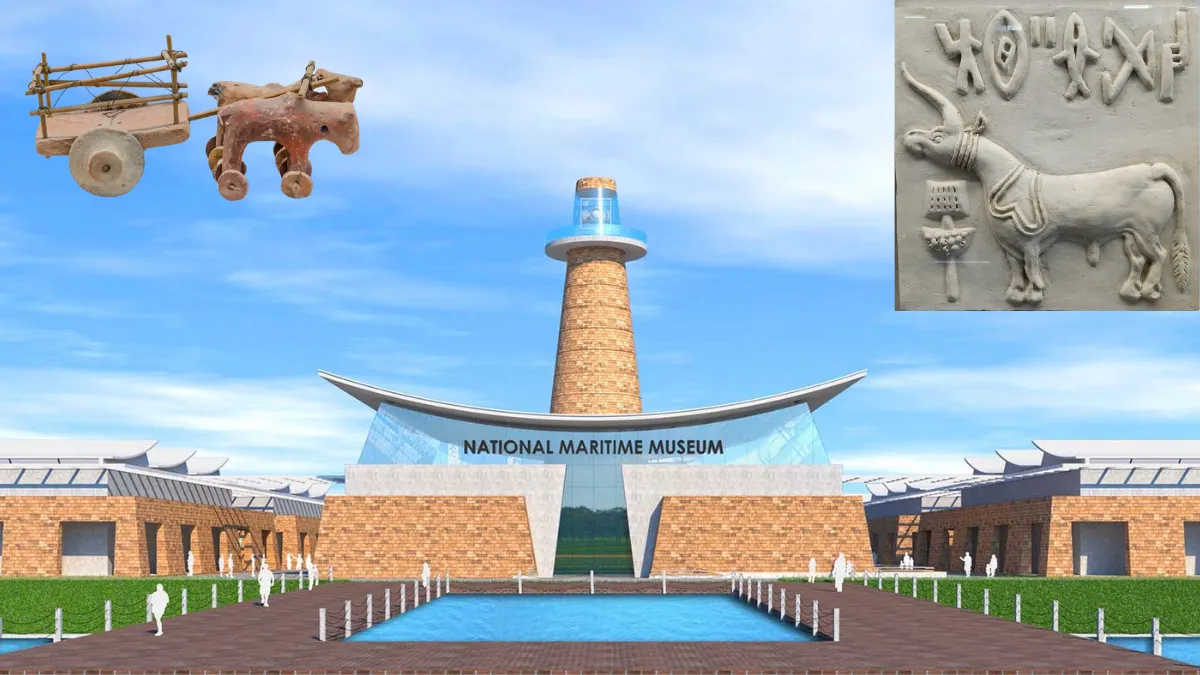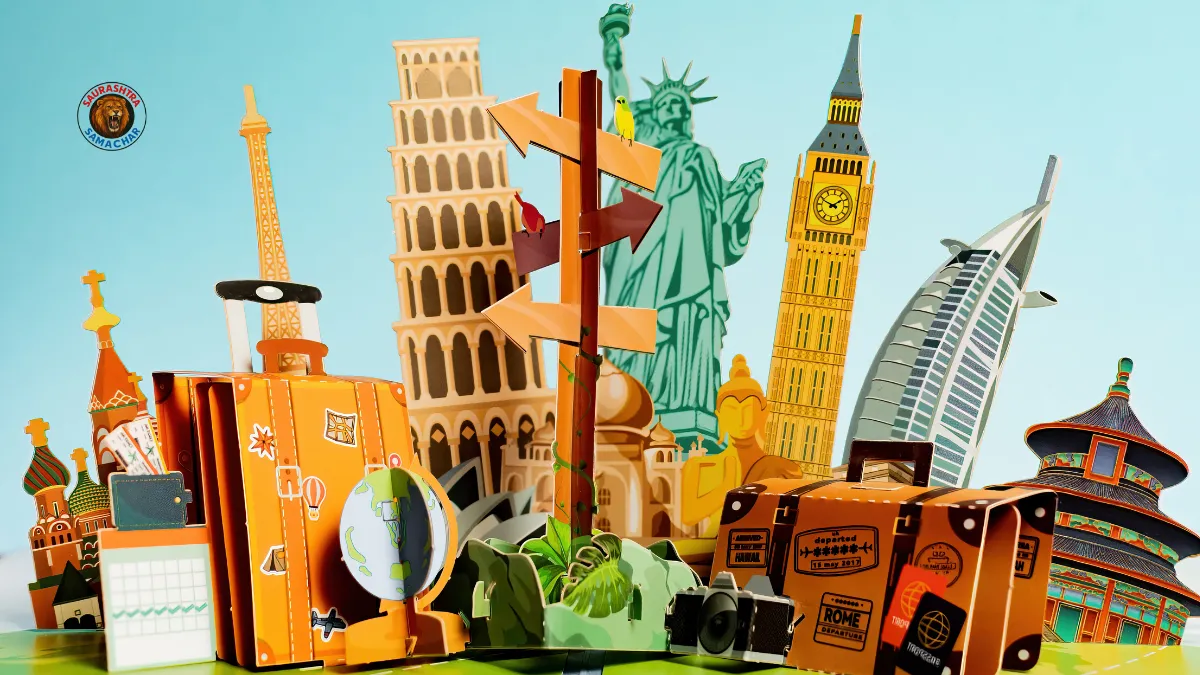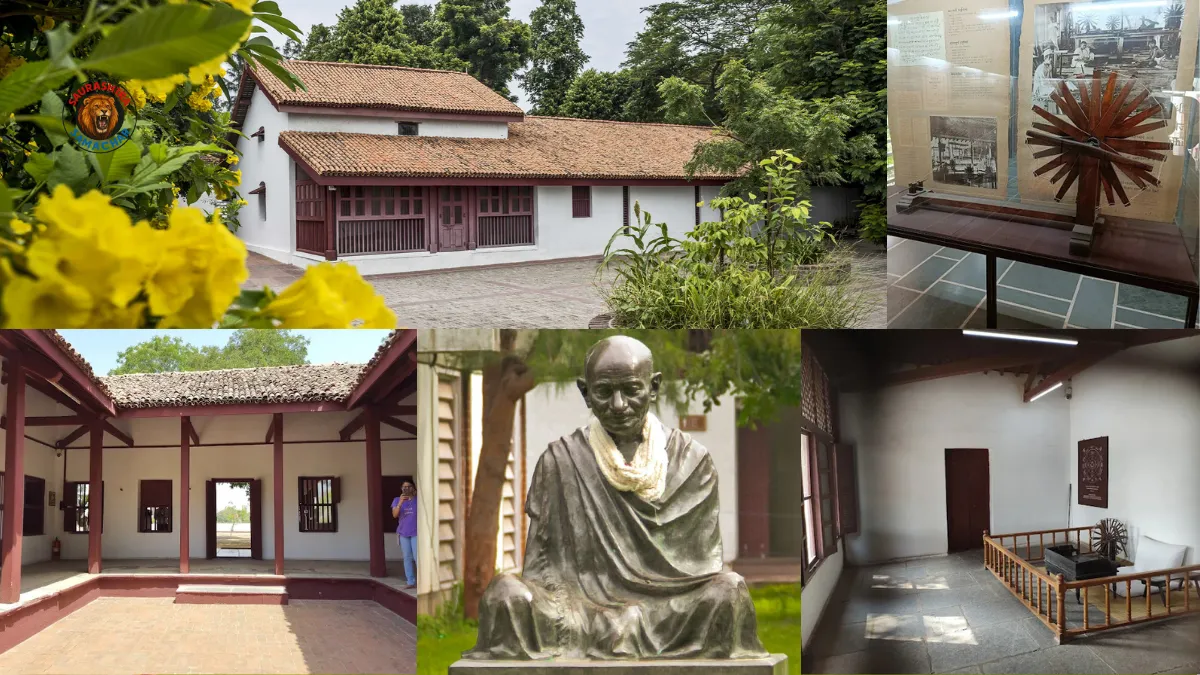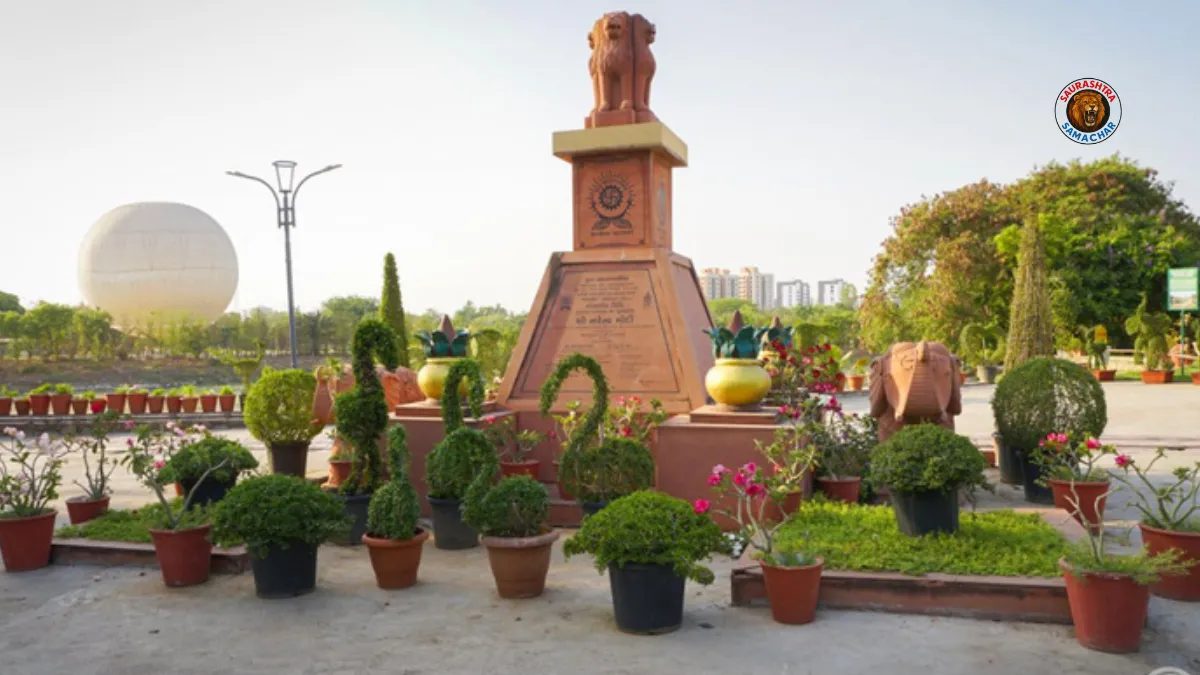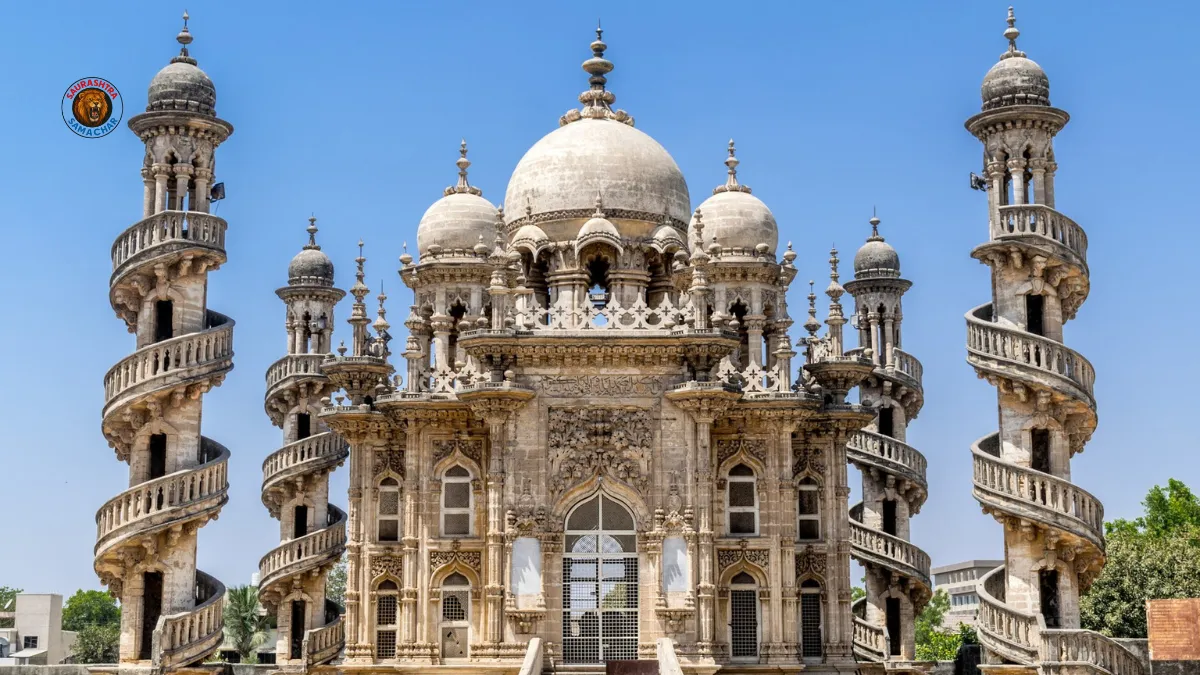Maritime Museum Project: Prime Minister Narendra Modi will visit his home state of Gujarat for a one-day tour, during which he will participate in multiple public programs, hold a grand roadshow, and review key infrastructure projects. One of the highlights of his visit will be his stop at Lothal in Gujarat, where the ambitious Maritime Museum Project is currently under construction as part of the National Maritime Heritage Complex.
Bhavnagar Roadshow and Public Gathering
The Prime Minister’s visit will begin in Bhavnagar, where he is scheduled to land at Bhavnagar Airport in the morning. From there, he will lead a roadshow that will cover the stretch from the airport to Jawahar Ground.
The roadshow is expected to draw large crowds of supporters and residents lining both sides of the route. Local authorities have already stepped up preparations to ensure a smooth flow of traffic and proper security arrangements. This public event is seen as a major occasion for the people of Bhavnagar to connect with their leader.
Following the roadshow, Prime Minister Modi will address a public gathering at Jawahar Ground, where he is set to announce and launch a series of development projects. These projects aim to improve infrastructure, boost the local economy, and enhance the quality of life for residents across Gujarat.
Focus on Maritime Museum Project at Lothal
Later in the day, the Prime Minister will visit Lothal, one of the most important archaeological sites of the Indus Valley Civilization, located near Ahmedabad in Gujarat. Lothal is famous for its ancient dockyard, which highlights India’s maritime history dating back more than 4,000 years.
At this site, the Government of India is developing the National Maritime Heritage Complex, a world-class facility that will showcase the country’s rich maritime past. The project, worth Rs. 4,500 crore, is also known as the Maritime Museum Project, and is expected to become a global tourist attraction once completed.
Prime Minister Modi will spend around 1 hour and 45 minutes at Lothal. His schedule includes 30 minutes of reserved time and 1 hour and 15 minutes of detailed inspection at the construction site. This visit underlines the government’s commitment to promoting India’s maritime heritage and linking it with future opportunities in tourism and cultural development.
What the Maritime Museum Project Means for India
The Maritime Museum Project at Lothal is not just a development project—it represents India’s efforts to honor its ancient seafaring traditions. Lothal, often called the “cradle of India’s maritime legacy,” was a major trade hub during the Harappan era. The new complex will bring this history alive through modern technology, exhibitions, and interactive experiences.
The project will include:
- World-class museum galleries dedicated to India’s maritime trade, naval history, and shipbuilding traditions.
- Cultural and educational centers for research and training in maritime heritage.
- 3D virtual displays and replicas of ancient ships and dockyards.
- Tourist facilities such as theaters, food courts, and heritage walks.
By connecting the past with the present, the Maritime Museum Project is expected to boost Gujarat’s position as a hub for heritage tourism.
Key Details of the Maritime Museum Project
| Feature | Details |
|---|---|
| Project Name | National Maritime Heritage Complex (Maritime Museum Project) |
| Location | Lothal, Gujarat |
| Cost | Rs. 4,500 crore |
| Purpose | To showcase India’s maritime history and promote heritage tourism |
| Facilities | Museum galleries, cultural centers, 3D displays, tourist amenities |
| Inauguration | Under construction, reviewed by PM Modi |
Linking Heritage with Modern Development
Prime Minister Modi has often emphasized the importance of connecting India’s cultural heritage with modern infrastructure. The Maritime Museum Project is a prime example of this vision. By reviving the story of Lothal and India’s ancient maritime power, the government aims to inspire pride in history while also creating jobs and opportunities in the tourism sector.
The project is also expected to put India on the global map of maritime heritage tourism. Once completed, it will attract scholars, historians, students, and tourists from across the world who wish to learn about India’s contributions to global trade and navigation.
Public Excitement in Gujarat
The people of Gujarat are eagerly awaiting the Prime Minister’s visit. Bhavnagar city has been decorated with banners, flags, and cultural displays ahead of the roadshow. Residents see the Maritime Museum Project as a historic opportunity for Gujarat to gain international recognition and attract economic growth.
Local businesses, artisans, and the hospitality sector are expected to benefit greatly from the increased tourist footfall once the project is operational. In addition, the development will generate employment for local communities, particularly in sectors like construction, transport, and tourism services.
Also read: Sabarmati Ashram: History, Importance, and Visitor Guide
Maritime Museum Project: A Global Benchmark
The government envisions the National Maritime Heritage Complex as one of the largest maritime museums in the world. With its combination of history, culture, and modern technology, it is expected to set a global benchmark for how countries can preserve and celebrate their maritime past.
International collaborations are also being explored for research and exhibitions at the complex. This will ensure that India’s maritime traditions are shared and celebrated on the world stage.
Also read: Rajkot Tourist Places: Complete Travel Guide for Visitors
Conclusion
Prime Minister Narendra Modi’s visit to Gujarat reflects the government’s dual focus on development and cultural preservation. The launch of infrastructure projects in Bhavnagar will directly benefit local residents, while the inspection of the Maritime Museum Project at Lothal highlights India’s deep-rooted maritime heritage.
As the Rs. 4,500 crore project continues to take shape, it promises to transform Lothal into a global destination for heritage lovers and maritime enthusiasts. By investing in such projects, India is not only safeguarding its history but also paving the way for future generations to connect with the nation’s glorious past.
The Prime Minister’s detailed review of the Maritime Museum Project sends a clear message: India is proud of its maritime traditions and determined to showcase them to the world.
